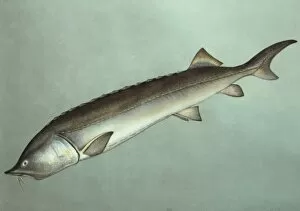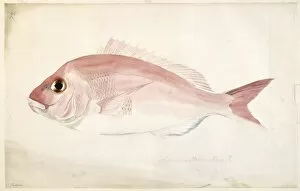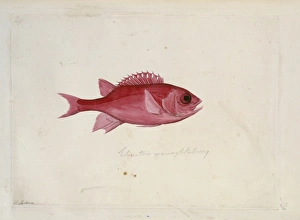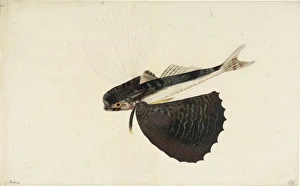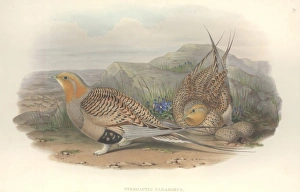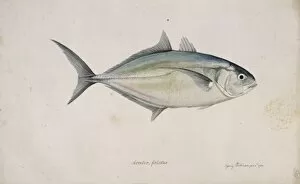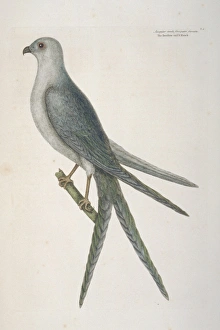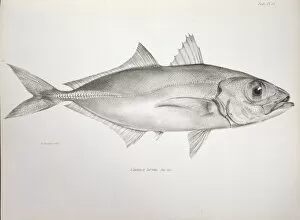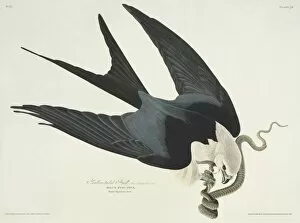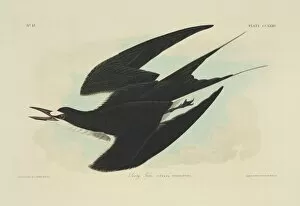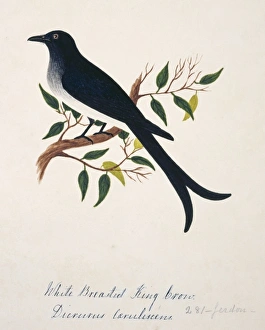Forked Collection (page 3)
"Forked: A Journey through Nature's Diverse Paths" Hirundo rustica, the graceful barn swallow
All Professionally Made to Order for Quick Shipping
"Forked: A Journey through Nature's Diverse Paths" Hirundo rustica, the graceful barn swallow, gracefully glides above the garden fork in dug soil on an allotment in Suffolk, England during a warm August day. Sterna antillarum, the elegant least tern, takes flight over the sandy shores as a gardener digs with a garden fork on an idyllic beach of Komodo Island in Indonesia. Witnessing nature's marvels unfold, a majestic Komodo dragon emerges from the lush greenery and heads towards the sparkling sea with its forked tongue flickering in anticipation - Rinca island holds many secrets. In the heart of a mysterious Malayan forest lies hidden treasures - vibrant birds flutter among towering trees while their melodious songs fill the air; it is here that one can truly appreciate nature's intricate forks. Sterna albifrons, known as little terns for their petite size and delicate features, gracefully dive into crystal-clear waters to catch their prey using their sharp beaks resembling tiny forks. Beware. Agkistrodon piscivorus slithers silently through murky swamps with its venomous bite ready to strike unsuspecting prey; its sinister reputation heightened by its menacingly forked tongue captured under SEM magnification. The mighty Komodo dragon basks lazily on golden sands before revealing its secret weapon - a long forked tongue used to sense potential meals lurking beneath Indonesian beaches' surface depths. Plate 327 from George Edwards' "The Gleanings of Natural History" showcases intricate illustrations capturing various species adorned with unique characteristics like forked tails or tongues – reminding us of nature's boundless wonders. Amidst tranquil pond waters resides Cyprinus auratus, commonly known as goldfish; their shimmering scales reflect sunlight creating mesmerizing patterns reminiscent of delicate silver forks.




